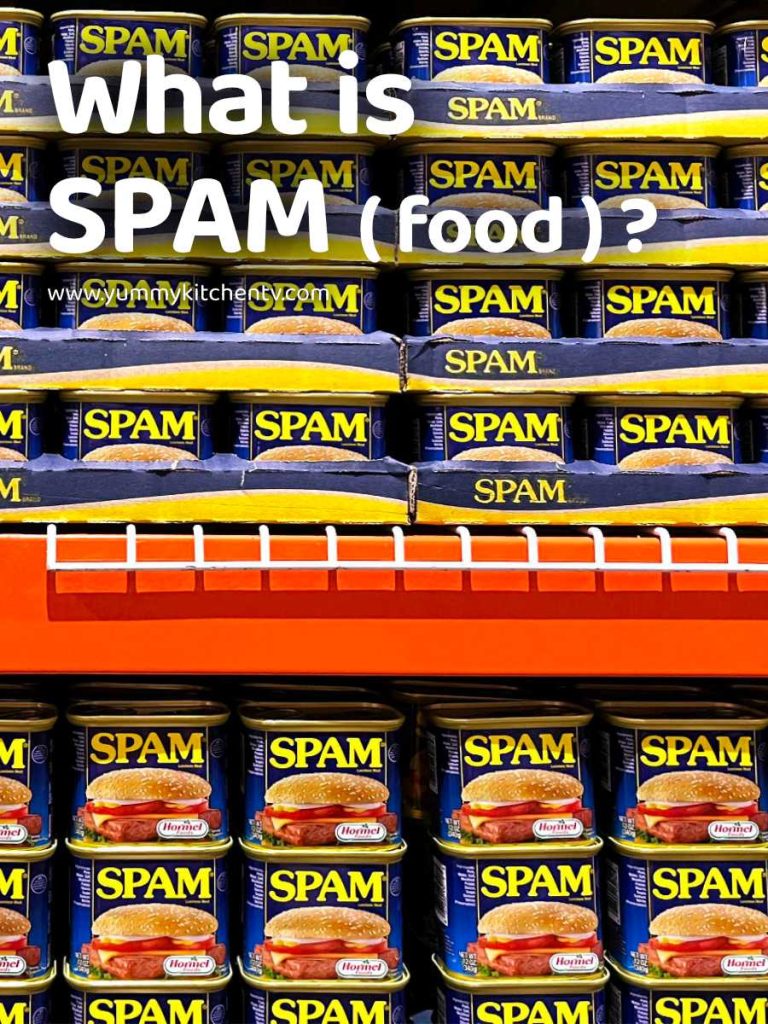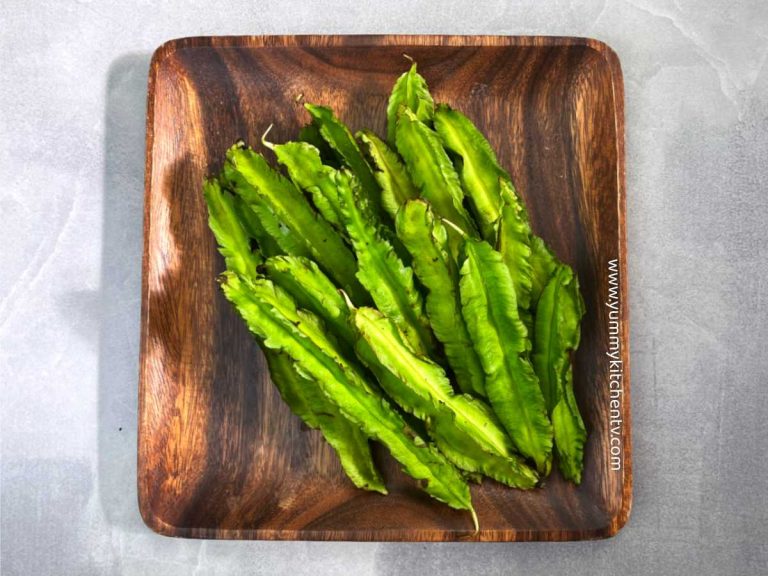Spam (food)
Spam (food) is seen as a timeless instant canned cured meat that you can open, slice, fry and just pair with bread, rice, or your choice of sides. This trademarked product is typically made of pork, salt, potato starch, sugar, water, some preservatives, with a choice of new flavoring offered like bacon, ham, jalapeño and more. But what sets it apart from other luncheon meat brands? Is Spam healthy? Is Spam made of beef or pork? Check out the article to know more about this very popular instant meat.

A short Introduction
What does SPAM stand for? The name is said to be an acronym for “Specially Processed American Meat”, or sometimes said to come from the shortened version for “Spiced ham”. Though many say the reason for the name is only known by Hormel executives. One of USA’s best selling products since World War II and the Korean War created by Hormel Foods, a company that has been producing this canned good since 1937. The company have stated to still use the same six ingredient recipe and process till today. The cured meat ingredients list is made up of mashed pork ham and pork shoulder which many use to make sausages as the combination of these make the best lean meat to fat ratio, salt, sugar, potato starch, and water, with sodium nitrate as a preservative. Compressed into the rectangular cans, vacuum sealed then cooked into the slightly pink colored meat we all know, ready to be shipped everywhere in the world. Hormel even claims that there are at least 13 cans sold every second.
Introduced on July 5, 1937, it was actually created to increase sales for pork shoulder cuts that were an unpopular part of the pig. It gained its recognition in World War II where it was the only meat that passed standards and could still be shipped over long rides to Hawaii or Guam. It did raise some US soldiers to grow tired of the meat, but over time it became a go-to or rather a sought after choice of instant meat eaten in Japan and Hawaii. Showcasing it in very well-known Spam recipes like Spam Fried rice and Spam Mususbi which are both quick and easy dishes you can easily find in almost every Asian convenience store, just needing a few minutes to heat in the microwave or make at home. This Pork Luncheon Meat has been so recognizable worldwide it even got named in some pop culture shows like the Monty Python skit, where the name was said repeatedly, this was also the reason why ‘spam mail’(unwanted, commercial, or junk emails) is got its name.
You can find this iconic product at grocery store shelves, online shops, and sometimes convenience stores. Spam can sizes are typically 12 ounces in packs of 2’s, 3’, till 24’s but you can also find Classic and Lite singles in a small plastic packaging, and a bigger can of Classic 7oz . A choice of Spam flavors include : Classic, Lite, 25% Less Sodium, Maple, Bacon, Hickory Smoke, Hot and Spicy, Jalapeño, Teriyaki, Tocino Seasoning, with a version without pork the Oven Roasted Turkey flavored option is said to be 100% white/turkey meat. More versions and options do come out as limited editions and can be found on their online website.

Luncheon meat vs Spam (food)
- Spam or Lotte luncheon meat – Lotte or the Korean Spam luncheon meat is a bit more affordable, less salty and just as flavorful though the taste is not that close. There are two versions, one being pork and the other a chicken version that tastes a bit more Asian inspired.
- Corned beef vs spam – Is spam and corned beef the same? The difference between spam and corned beef is that both are of different products altogether. One is a mix of pork ham and pork shoulder, while the corned beef is made of brined beef brisket.
- Spam vs Prem – very similar in looks and taste, best choice as a substitute as it is also a little bit cheaper. It is less salty and more balanced in flavor as reviewed by many.
Philippines, and Spam’s Influence
It started from American Bases in the Philippines setting up a post exchange office that would also sell American goods such as pancake mix, cereals, canned products like Spam (food) and more. People who could afford these pricey items were seen as prosperous, especially as the general public could not afford or even be able to go to the area. It was a luxury item that even the middle class could not afford and some would only be able to have a taste when family members living in the States would bring ‘pasalubong’ or ‘balikbayan boxes’ back to the Philippines.
Nowadays, these are more attainable with many other options of luncheon meat brands to choose from. This Spam (food) pan-fried, boiled, baked, braised, or sautéed with whatever dish as a meat replacement. Almost every Filipino grew up eating it in a hearty breakfast like a ‘spam-silog’ made of rice, eggs, spam, with or without a pickled sauce or side dish, or as a quick dinner on lazy days. Typically opened from a can, sliced not too thinly and cooked till both sides are slightly charred and crisp. This has become one of the staples for many households, and the reason for many other luncheon meat brands popping out each making their mark at the dinner table. A guilty pleasure among many, here are some Spam luncheon meat recipes from Yummy Kitchen to enjoy :
- Spam Rice or Spam fried rice – an easy and hearty way to get energy in the mornings. A filling rice dish with vegetables, eggs, meat, and anything else you want to add. For a spicy take try out Kimchi Fried Rice.
- Homemade Spam – wanting to start a business, create as a gift for family and friends, or prefer to have your own version of luncheon meat? Then this easy to follow recipe is for you.
- One Pan Egg Sandwich – tired of the usual rice meals? Try out this easy and filling quick dish of seasoned scrambled eggs, sliced bread, cheese , and your choice of meat, made in under 10 minutes.

* Disclaimer: Yummy Kitchen does not have any affiliation to the brand and will not assume any responsibility to the errors or omitted content of this site about this article *





